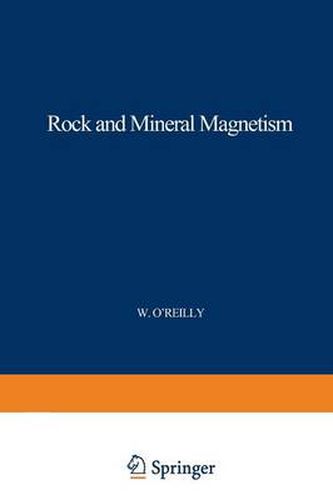Readings Newsletter
Become a Readings Member to make your shopping experience even easier.
Sign in or sign up for free!
You’re not far away from qualifying for FREE standard shipping within Australia
You’ve qualified for FREE standard shipping within Australia
The cart is loading…






This title is printed to order. This book may have been self-published. If so, we cannot guarantee the quality of the content. In the main most books will have gone through the editing process however some may not. We therefore suggest that you be aware of this before ordering this book. If in doubt check either the author or publisher’s details as we are unable to accept any returns unless they are faulty. Please contact us if you have any questions.
The past two decades have witnessed a revolution in the earth sciences. The quantitative, instrument-based measurements and physical models of. geophysics, together with advances in technology, have radically transformed the way in which the Earth, and especially its crust, is described. The study of the magnetism of the rocks of the Earth’s crust has played a major part in this transformation. Rocks, or more specifically their constituent magnetic minerals, can be regarded as a measuring instrument provided by nature, which can be employed in the service of the earth sciences. Thus magnetic minerals are a recording magnetometer; a goniometer or protractor, recording the directions of flows, fields and forces; a clock; a recording thermometer; a position recorder; astrain gauge; an instrument for geo logical surveying; a tracer in climatology and hydrology; a tool in petrology. No instrument is linear, or free from noise and systematic errors, and the performance of nature’s instrument must be assessed and certified. This has been the task of the research worker in rock and mineral magnetism.
$9.00 standard shipping within Australia
FREE standard shipping within Australia for orders over $100.00
Express & International shipping calculated at checkout
This title is printed to order. This book may have been self-published. If so, we cannot guarantee the quality of the content. In the main most books will have gone through the editing process however some may not. We therefore suggest that you be aware of this before ordering this book. If in doubt check either the author or publisher’s details as we are unable to accept any returns unless they are faulty. Please contact us if you have any questions.
The past two decades have witnessed a revolution in the earth sciences. The quantitative, instrument-based measurements and physical models of. geophysics, together with advances in technology, have radically transformed the way in which the Earth, and especially its crust, is described. The study of the magnetism of the rocks of the Earth’s crust has played a major part in this transformation. Rocks, or more specifically their constituent magnetic minerals, can be regarded as a measuring instrument provided by nature, which can be employed in the service of the earth sciences. Thus magnetic minerals are a recording magnetometer; a goniometer or protractor, recording the directions of flows, fields and forces; a clock; a recording thermometer; a position recorder; astrain gauge; an instrument for geo logical surveying; a tracer in climatology and hydrology; a tool in petrology. No instrument is linear, or free from noise and systematic errors, and the performance of nature’s instrument must be assessed and certified. This has been the task of the research worker in rock and mineral magnetism.